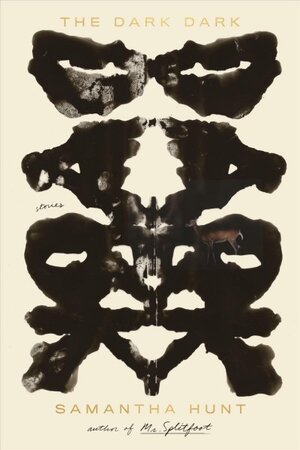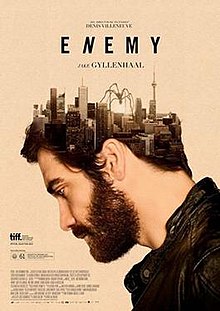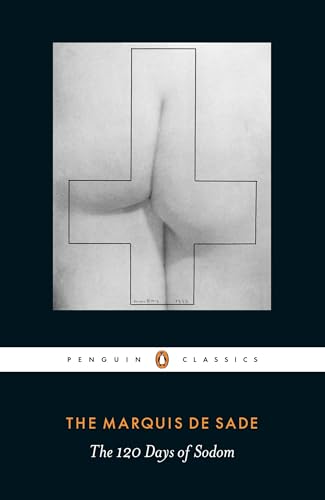
Sometimes the greatest of reading experiences kind of come out of nowhere. After reading all the books your friends recommend and just feeling cold to them, all the masterpieces that you could not get past ten pages into, sometimes you just pick up a book that you had maybe heard one or two reviews, maybe mentioned once on social media, you pick it up, take it home, and within a couple pages, you know you are in the hands of a master, after a couple stories, you know you are reading a new all-time favorite. I just had that experience reading The Dark Dark, a collection of short work from Samantha Hunt. I knew next to nothing about this book and was completely unfamiliar with the author. Now, as it stands, The Dark Dark is one of my favorite books.
I think one of my favorite things that art can do, whatever film, literature, etc, is, as David Lynch puts it, “ leave you room to dream “. Samantha Hunt creates these seductive mysteries of narrative, these little shards of dreamlike delirium, always grounded in reality, grounded in people you know and maybe, just maybe, are just like you, and with just the slightest touch, a seeping unreality slowly creeps in, coloring everything with an impenetrable haze. You think you are reading one kind of story only to end up someplace strange and unexpected. I think to give an idea of what her work is like, you would take the extreme ambiguity of Aickman, then take the willfully corrupted narratives of Evenson, and add a pinch of the playful meta-narratives of Calvino. Which is to say, Samantha Hunt’s work here is challenging and thought-provoking to say the least. These stories are kind of like some strange creature, recombined from familiar animals into something strange and compelling, like a chimera or a manticore. You think you know what you are seeing, then the landscape of skin and flesh changes, and you wind up in the dark, entangled in strange limbs and just falling into darkness.
To give an example of the stories in The Dark Dark, one of the tales, All Hands, concerns a coast guard officer inspecting a cargo ship in the Gulf of Mexico. One night while on duty, he falls overboard into the black ocean, almost getting trapped under the ship. All around him, deep in the water, are thousands of abandoned holes, former oil wells. He is later visited by his lover, a teacher at a grade school. She just got done with a meeting with some students and the principal of the school. Apparently, there has been an unexplained outbreak of teenage pregnancies. At the school, there are over a dozen girls pregnant, all seemingly impregnated at the same time. It’s also hinted at, that there may be a widespread epidemic of unexplained pregnancy, reaching maybe into the thousands. But all of this comes in underplayed plot points and hints. The story focuses on the inner life of the two main characters, their frustrations and worries, their desires and longings, you could almost miss the underlying themes. And what is this story about? What links these two themes, the abandoned holes in the ocean floor and the inexplicable pregnancies? There seems to be some subterranean meaning buried in the narrative, and you can’t help but keep going back, thinking about this story. Pretty much every story in this collection had me thinking about what I just read, hours later, days later, trying to figure out the mystery, trying to see through the fog and the obscuring gloom of the stories to discover just how deep they go, what meaning I can take from them. These aren’t just random exercises in surrealism, to be clear. These are heart-rending, subtle, powerful examinations of the human condition, at turns melancholy, despairing, cynical, or painfully hopeful. These are characters lost in the darkness of an unknowable world, but there is someplace even worse they find, the dark dark inside themselves.














